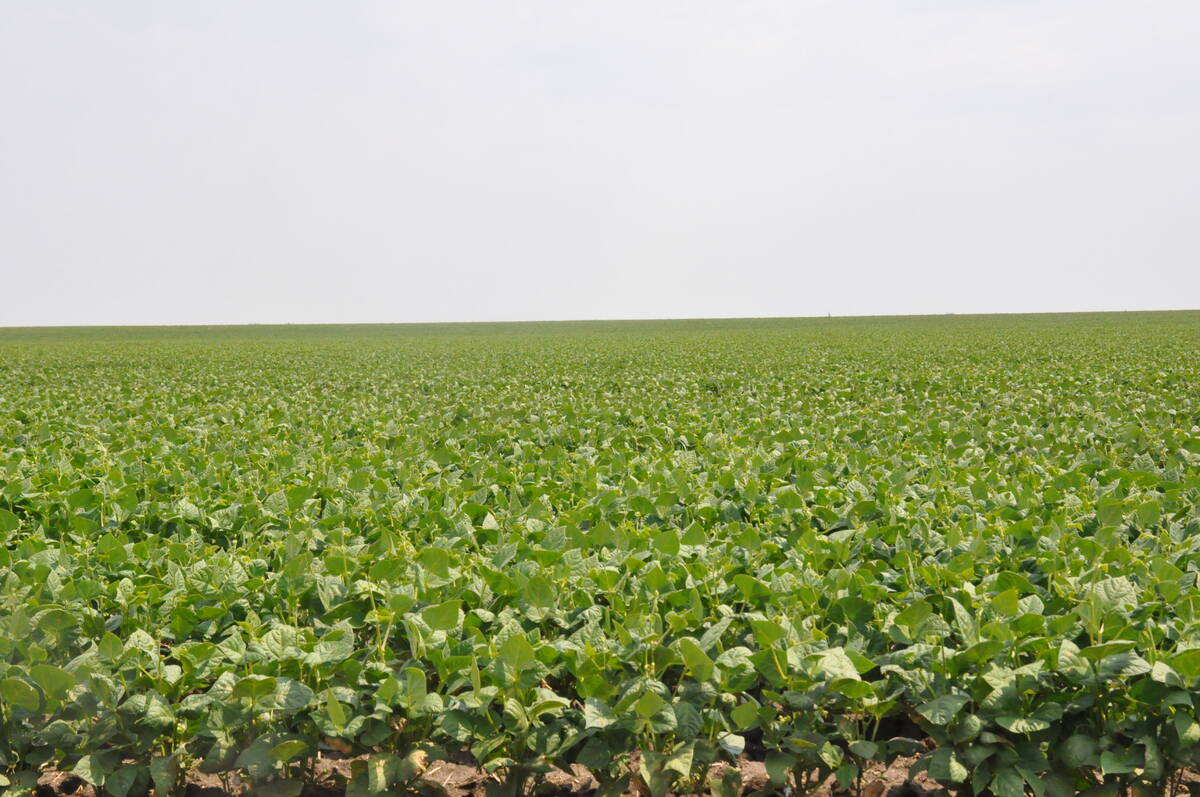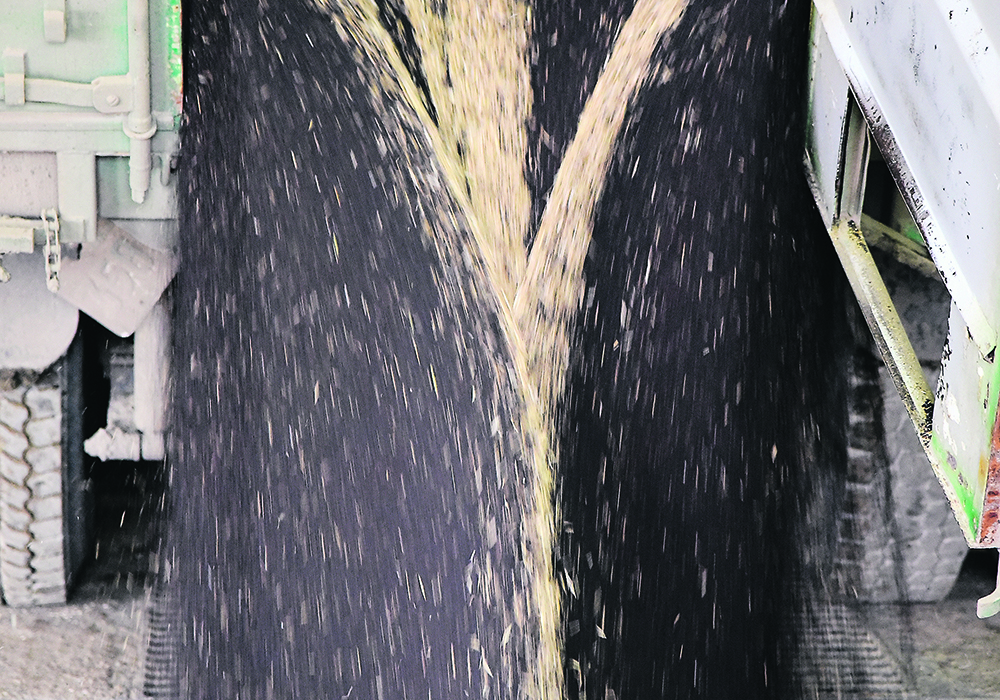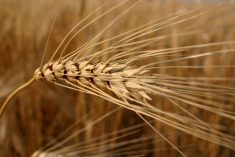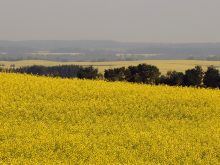When you add up everything, growing crops in 2022 should be profitable.
The bottom line, assuming something like normal weather, should be pretty good, if you look at the analysis of Manitoba Agriculture’s farm management team.
But those bottom-line calculations hide some giant risks that become obvious when you look at the elements of those bottom-line returns.
They come in two main forms:
- inflated costs
- price and production volatility
It’ll be good if things work out the way that seems most reasonable today, but the world has stuck farmers with an incredible juggling act.
Read Also

Coloured bean production down, whites are up
Bean prices have been slumping and the outlook is for more of the same.
“We normally don’t see so many balls up in the air at one time,” said Darren Bond, a farm management specialist with Manitoba Agriculture.
“There are a lot of things in flux.”
New crop 2022 prices might seem the riskiest to guess at, but at least there are futures and cash contracts that provide the market’s best guess at where things will be, and those can actually be locked in today if farmers want to take out some of the price risk.
Those price risks are unlikely to lift by seeding time. The world’s economy will still be in a tempestuous state and the weather conditions that produced shocking shortages of crops, such as canola, won’t have been addressed until June or July.
One set of risks farmers will have to deal with by the end of seeding is input prices. Fertilizer prices have shocked everybody and they could get worse by spring.
Supplies have also been in question. Will fertilizer be available in the spring? Should farmers take delivery now?
Bond recommends farmers try to obtain their supplies before spring, when there is no time for sudden shortages.
Some agricultural chemicals, even glyphosate, have faced supply chain problems and farmers may not want to trust just-in-time deliveries.
Once inputs are bought, farmers face the yearly worries of having costs locked in, while revenues are not. The situation is worse this year because of the high production costs the 2022 crop will bring.
“We are spending the same money to make the same margin,” said Bond.
“There’s going to be a lot more at risk this crop year just with the dollars that are on the table.”
For weather problems, crop insurance helps. But the price risk might be particularly severe considering the problems farmers had with being short on grain to fulfil contracts in 2021, forcing many to pay costly contract penalties.
How many farmers will be unwilling to sign grain contracts or take futures positions after the production nightmares and shortfalls of last summer?
“The risk is that we pay for high price inputs but when we harvest the grain and go to sell it the price drops,” said Bond.
For me, the work of the farm management team at Manitoba Agriculture is one of the ways I bring in the new year with a fresh view of the future. Usually, I cover it from St. Jean Farm Days, a small but lovely yearly farm show south of Winnipeg, held in the first week of January every year.
That show is cancelled this year, but the profitability analysis is available online these days, so anybody can look at it now.
For me, the bottom line of the bottom lines it contains is that the three elements of crop profitability — yield, cost of production and price — are much less certain this year. The outlook is pretty good if it all works out.
But the risks to farmers will be heightened and those need to be understood and addressed.
















